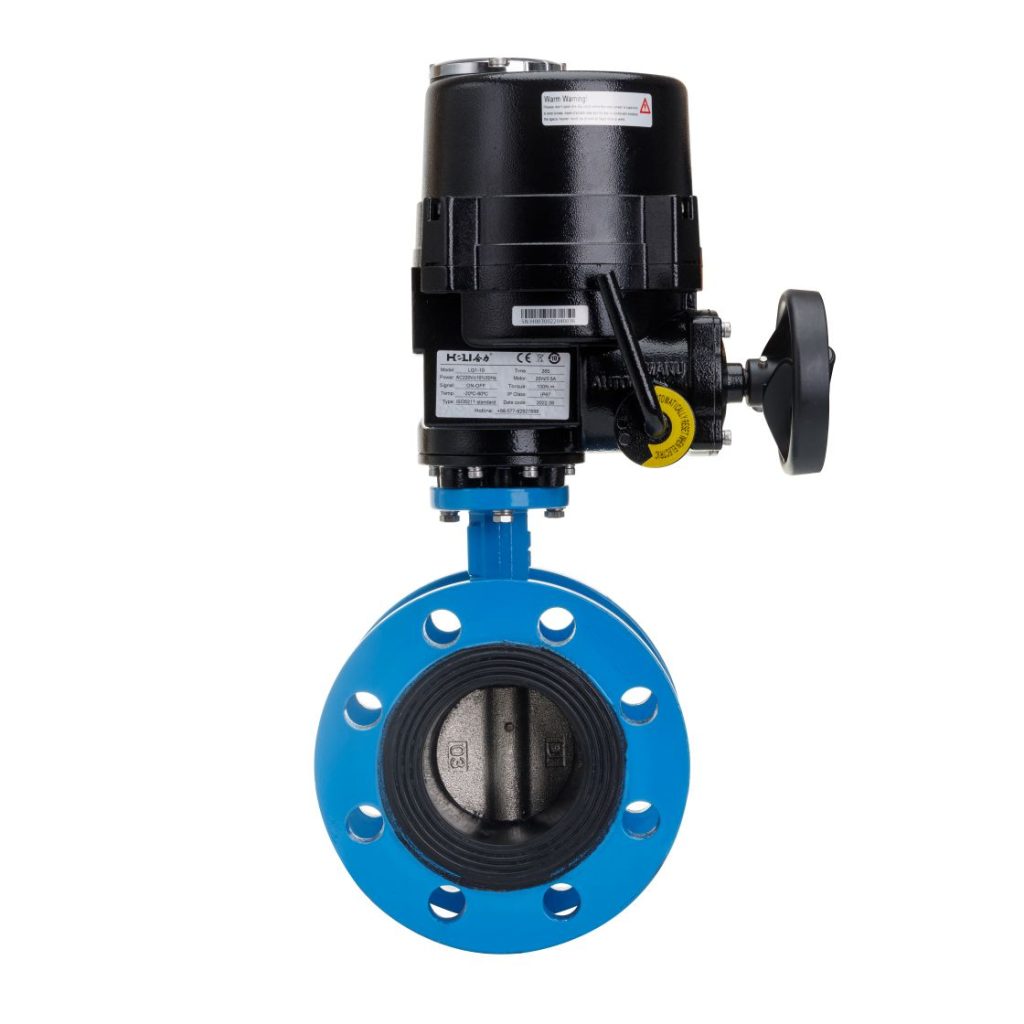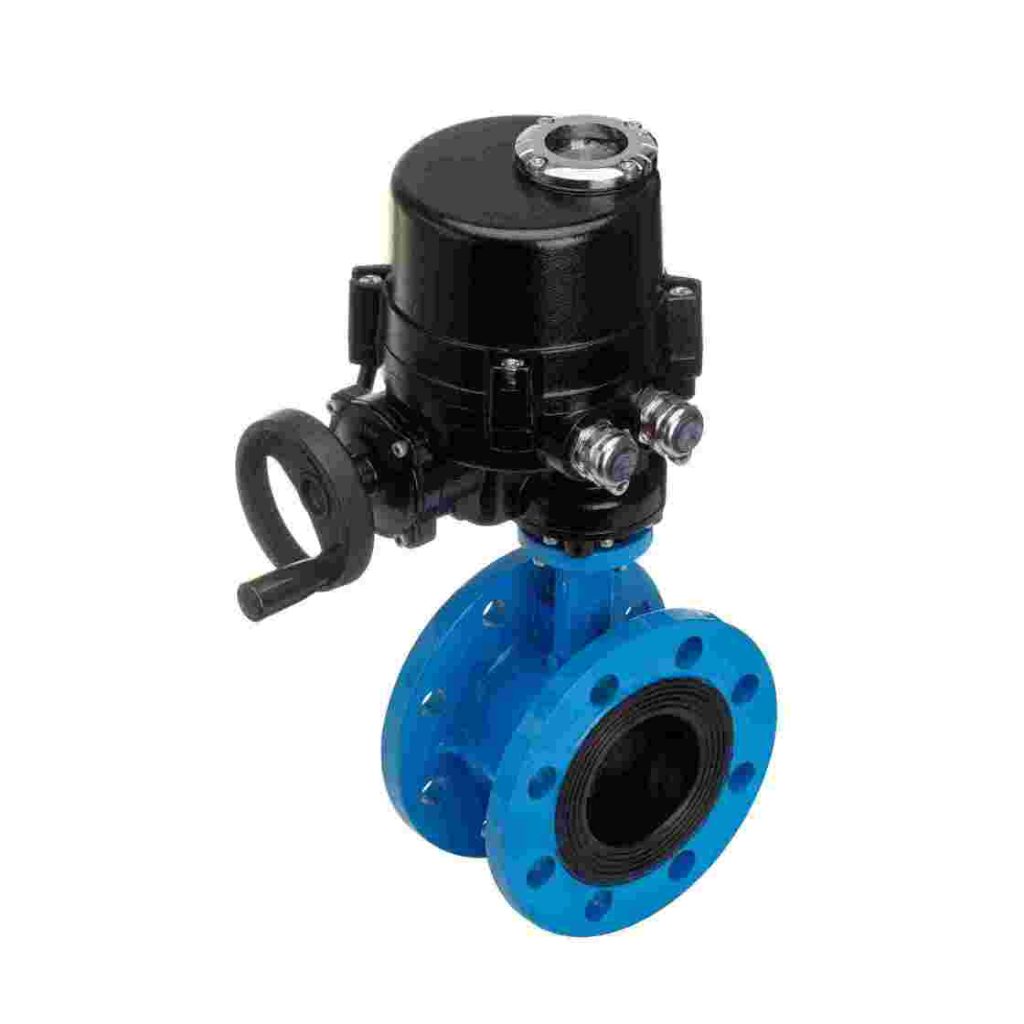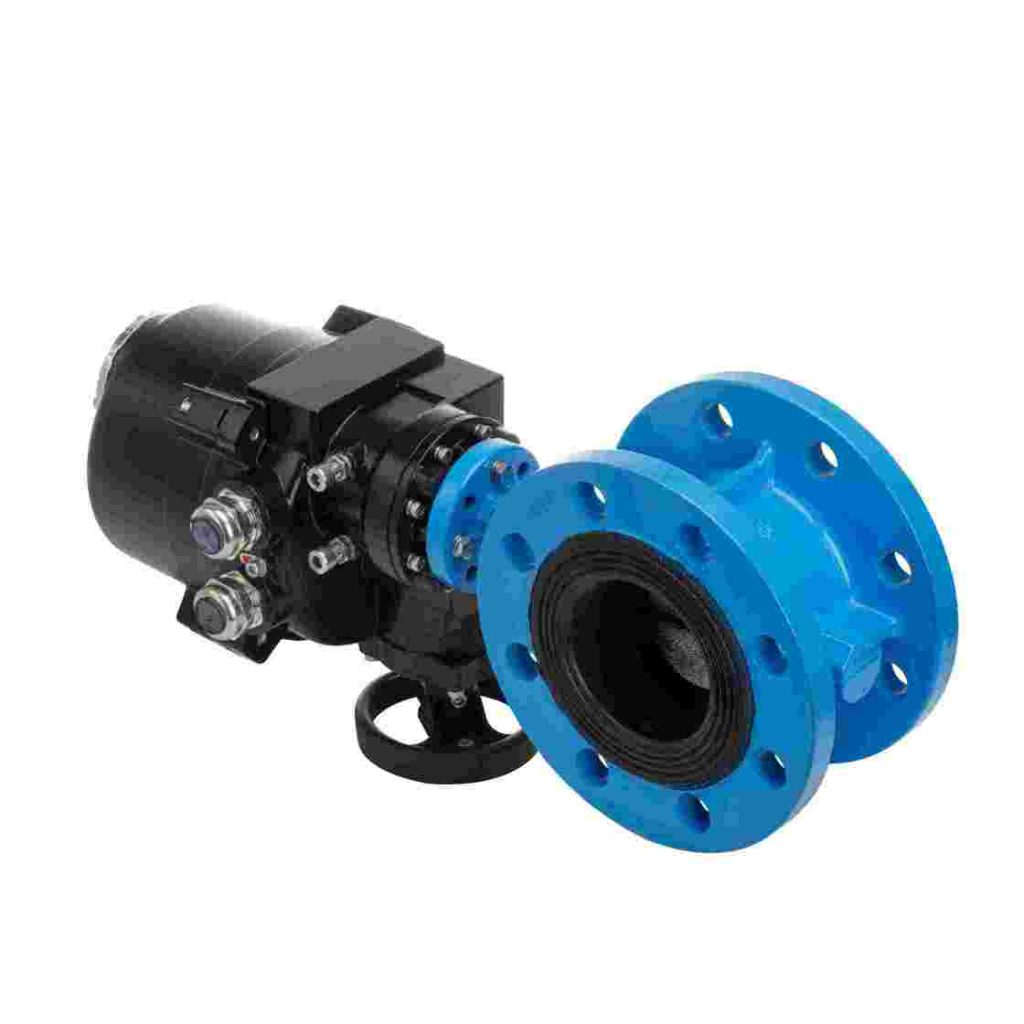The world is increasingly turning to hydrogen as a clean and sustainable energy source to meet the growing demand for alternative fuels. As countries and industries look for solutions to reduce carbon emissions and promote green energy, hydrogen energy has emerged as a frontrunner in the race for cleaner alternatives. In this context, valves play a critical role in ensuring the safety, efficiency, and reliability of hydrogen energy systems. Among them, the Hydrogen Energy Electric Flanged Butterfly Valve has gained considerable attention due to its excellent features and suitability for handling hydrogen gas in various applications.

Understanding the Hydrogen Energy Electric Flanged Butterfly Valve

A flanged butterfly valve is a type of valve that regulates or isolates the flow of fluids within a pipeline. The valve consists of a circular disc (the butterfly), which is positioned at the center of a pipe and rotates around an axis to control fluid flow. The term “flanged” refers to the method of connecting the valve to a pipeline using flanges, which are integral parts of the pipe fittings, ensuring a secure and leak-proof seal. When combined with an electric actuator, the flanged butterfly valve becomes an electrically controlled valve, making it easier to control the flow of hydrogen gas remotely, with minimal human intervention. In hydrogen energy systems, this is particularly advantageous because it enhances operational efficiency and safety by providing automated control of hydrogen flow rates, pressure, and overall system operation.
